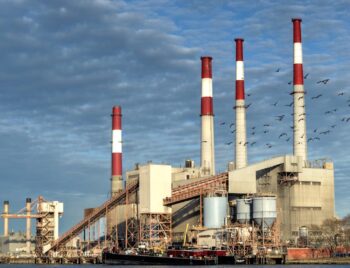
Fracking involves forcing a water-based liquid under high pressure via a wellbore into a rock formation until it fractures. The injected liquid also contains small, solid particles (usually sand) that fills in the expanding fracture. Once the injection has stopped and pressure reduced, the shale formation tries to settle back into its original configuration, but the small particles keep the fractures open. This allows any natural gas or crude oil to flow from the rock formation into the wellbore and up to the surface.
In 2000, fracking wells made up less than seven percent of the all natural gas produced. By 2015, that had grown to an extimated 300,000 wells and about 67 percent of total natural gas output. The extracted gas then goes through a number of processes to filter out impurities and is eventually processed into dry natural gas, or consumer-grade natural gas. This process also extracts valuable gases such as ethane and propane and removes water vapor and noncombustible gases.
Natural gas from fracking comes from shale and other tight rocks in numerous locations, including the “Marcellus and Utica formation of the Appalachian Basin, the Bakken formation in Montana and North Dakota, the Eagle Ford formation in Texas, and the stacked Permian Basin formations in Texas and New Mexico.” Most drilling is down horizontally, but fracking can also include “directional and vertical wells, natural gas and oil wells, and in non-tight formations and reservoirs.”
Under President Obama’s Clean Power Plan (CPP), which was put on hold by the Supreme Court, many coal-fired power plants were shuttered as it was too expensive to retrofit them to meet the exacting standards under current EPA guidelines. Before the Supreme Court ruling, states had already begun the process of closing coal-fired power plants and replacing them with natural gas powered plants. This had the effect of individual state’s reaching the goals spelled out in the CPP.
The abundance of natural gas produced from increased fracking over the last decade has allowed the U.S. to become a net exporter of gas for the first time. Once converted to liquid form (LNG), natural gas can be shipped to other countries, some of which have banned fracking for political reasons. Despite lowering carbon dioxide (CO2) emissions, natural gas has come under fire from environmental groups who say that gas not collected by wells gets emitted into the atmosphere.
















